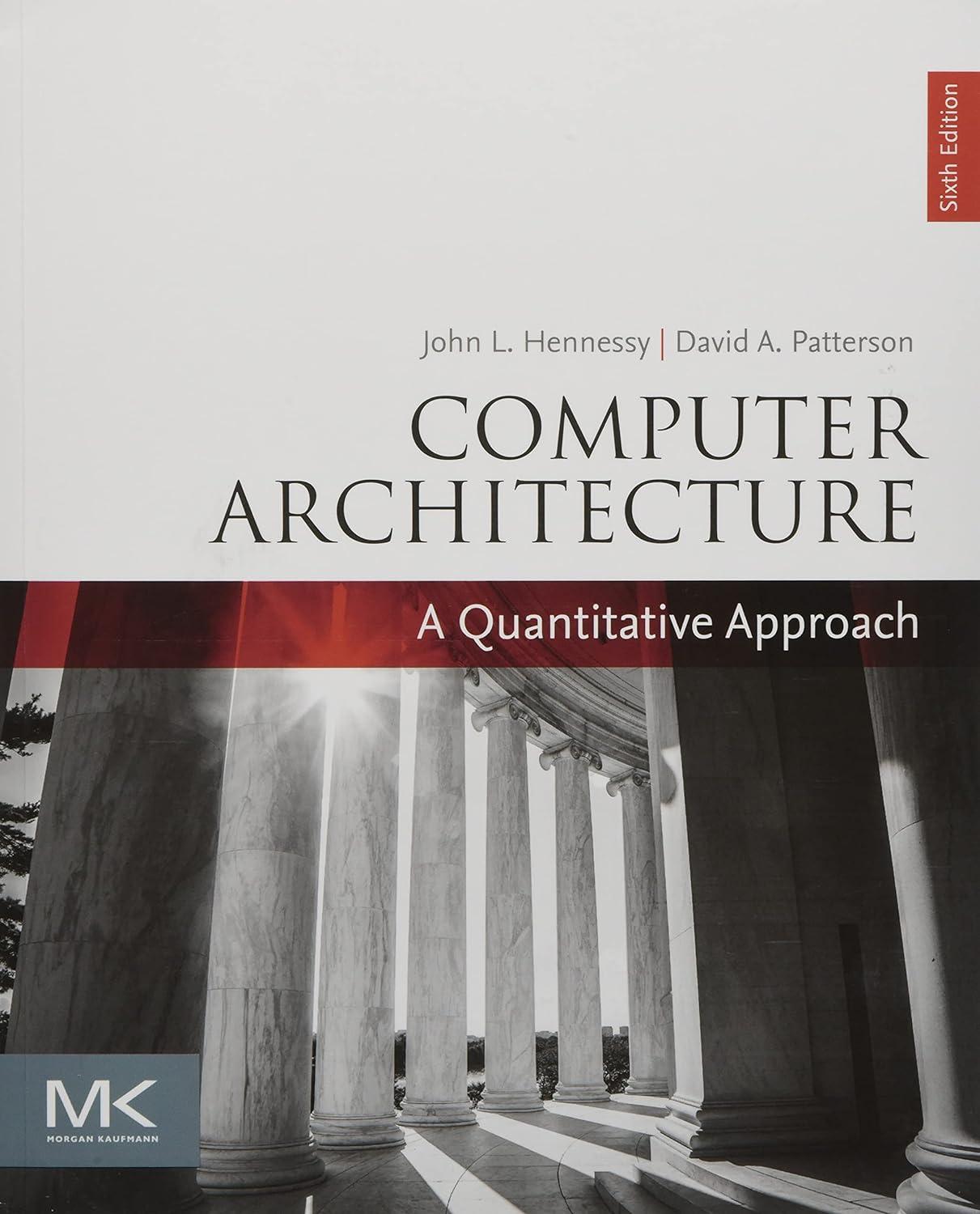Unlike high-performance computing (HPC) clusters, WSCs often experience significant workload fluctuation throughout the day. Discuss the trade-offs
Question:
Unlike high-performance computing (HPC) clusters, WSCs often experience significant workload fluctuation throughout the day. Discuss the trade-offs and benefits of the two options in Exercise 6.3, this time assuming a workload that varies.
Exercise 6.3
Servers that have different operating modes offer opportunities for dynamically running different configurations in the cluster to match workload usage. Use the data in Figure 6.35 for the power/performance modes for a given low-power server.

a. If a server operator decided to save power costs by running all servers at medium performance, how many servers would be needed to achieve the same level of performance?
b. What are the CAPEX and OPEX of such a configuration?
c. If there was an alternative where you could purchase a server that is 20% cheaper but x% slower and uses y% less power, find the performance–power curve that provides a TCO comparable to the baseline server.
Step by Step Answer:

Computer Architecture A Quantitative Approach
ISBN: 9780128119051
6th Edition
Authors: John L. Hennessy, David A. Patterson





